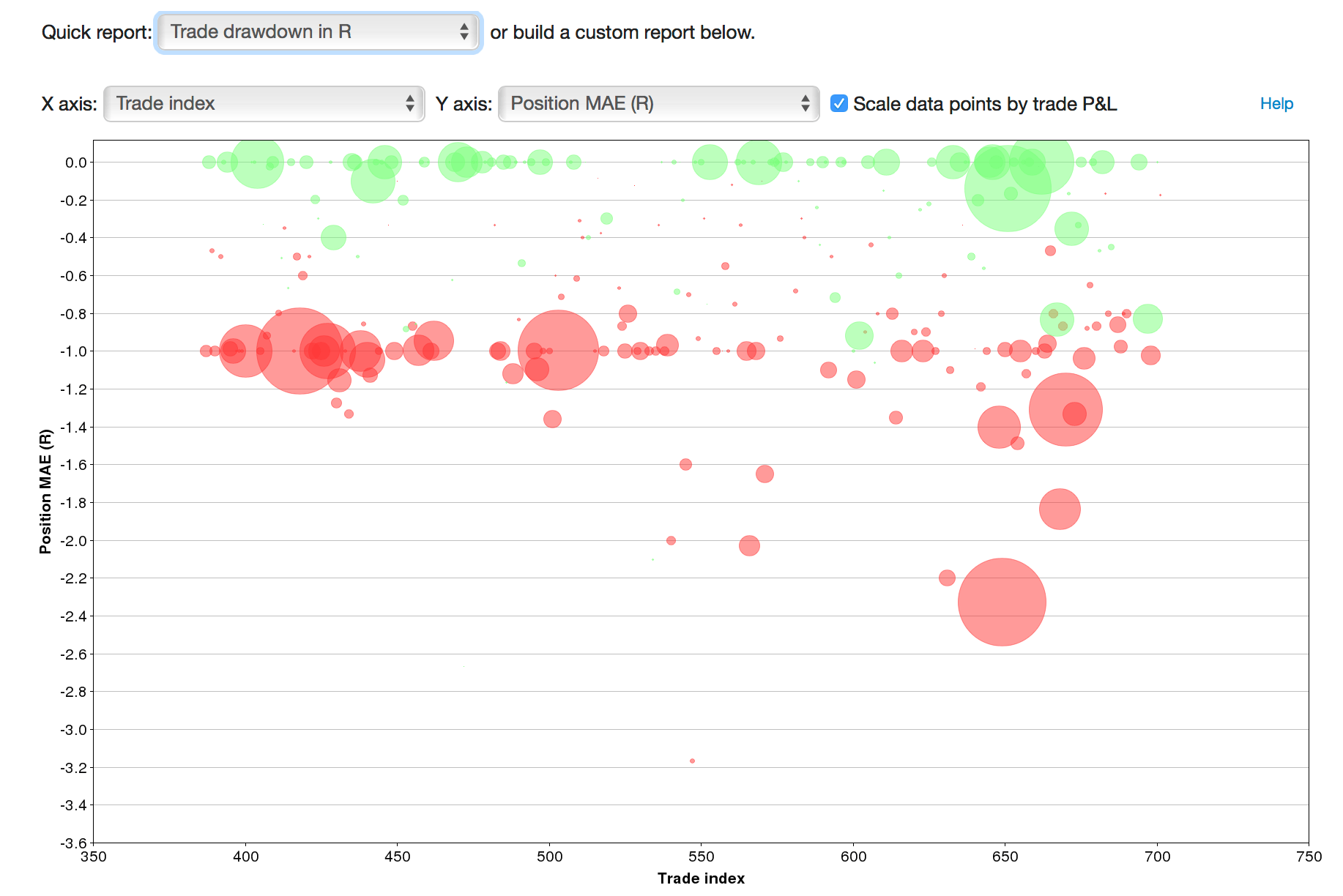

Their impact is profound: by creating artificial storages and fragmenting the river network, they not only alter the hydrological regimes 7, 8 but also block fish passage and reduce the transport of sediment and nutrients 9, ultimately affecting the riverine ecosystems, its fisheries, and the riparian communities 10– 12. Up to 2020, the combined installed capacity of all commissioned dams (>1 MW) is about 41.6 GW 4– 6, including some particularly controversial dams recently built on the main stem of the Lower Mekong (e.g., Nuozhadu: 5850 MW, Xayaburi: 1285 MW, Don Sahong: 260 MW). The Mekong and its tributaries have abundant hydropower potential, part of which has so far been developed by China, Laos, Thailand, and Vietnam-with Cambodia and Myanmar playing a marginal role. The main center of activity has been the Mekong River, a global hotspot of biodiversity and home to the world’s largest freshwater fishery 2, 3. Aside from CO 2 emissions, a major concern for this energy policy is the socio-environmental externalities of hydropower development. Southeast Asia is no exception: the region is on the way to achieve universal access to electricity by largely banking on hydroelectricity and fossil fuels 1. In many developing regions, economic growth is supported by power systems that rely on cheap and locally available energy sources. The alternative expansion plans would slightly increase the cumulative costs (up to 2.4%), but substantially limit the fragmentation of additional river reaches, thereby offering more sustainable pathways for the Mekong’s ecosystems and riparian people.

The key enabling strategies for these options to succeed are solar PV and regional coordination, expressed in the form of centralized planning and cross-border power trading. We demonstrate that Thailand, Laos, and Cambodia have tangible opportunities for meeting projected electricity demand and CO 2 emission targets with less hydropower than currently planned-options range from halting the construction of all dams in the Lower Mekong to building 82% of the planned ones. Here, we show that an integrated view of the power system capacity expansion problem could have transformative effects for Southeast Asia’s hydropower plans. Strategic dam planning and the deployment of decentralized renewable technologies are two elements of the same problem, yet normally addressed in isolation.


 0 kommentar(er)
0 kommentar(er)
